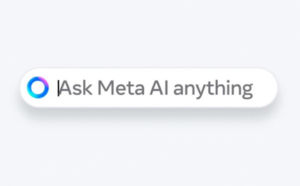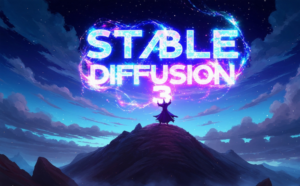A new study has shown that an AI tool, similar to a chatbot, can find brain damage caused by stroke. This tool reads information from health records and neurological tests to locate brain lesions. The study, published in Neurology: Clinical Practice, a journal of the American Academy of Neurology, focused on a large language model called generative pre-trained transformer 4 (GPT-4).
Knowing where a stroke has happened in the brain is important for predicting long-term effects such as speech problems or difficulty moving parts of the body. It also helps decide the best treatment and prognosis for a person.
The study, led by Dr. Jung-Hyun Lee from State University of New York (SUNY) Downstate Health Sciences University, used data from 46 stroke cases. They collected information from health records and neurological tests, then fed it into GPT-4. The AI was asked three questions about each case: whether there were brain lesions, which side of the brain they were on, and which brain region they affected. The AI’s answers were then compared to brain scans.

The results showed that GPT-4 could accurately identify brain lesions in many cases, along with their location in the brain. However, it struggled with lesions in the cerebellum and spinal cord. Overall, it correctly identified the side of the brain with a sensitivity of 74% and specificity of 87%, and the brain region with a sensitivity of 85% and specificity of 94%.
Although GPT-4 was consistent in its answers for most cases, it provided accurate responses for only 41% of participants when considering all three questions across all tests.
Dr. Lee mentioned that while the AI tool isn’t ready for use in clinics yet, it shows promise in improving healthcare access, especially in underserved areas with limited neurological care. However, the accuracy of the tool depends on the quality of the information it receives, which may not always be available for every stroke patient.
Source: healthcare-in-europe




